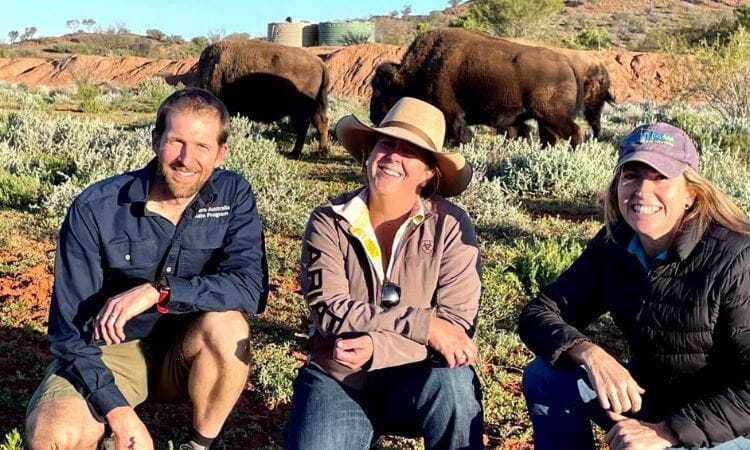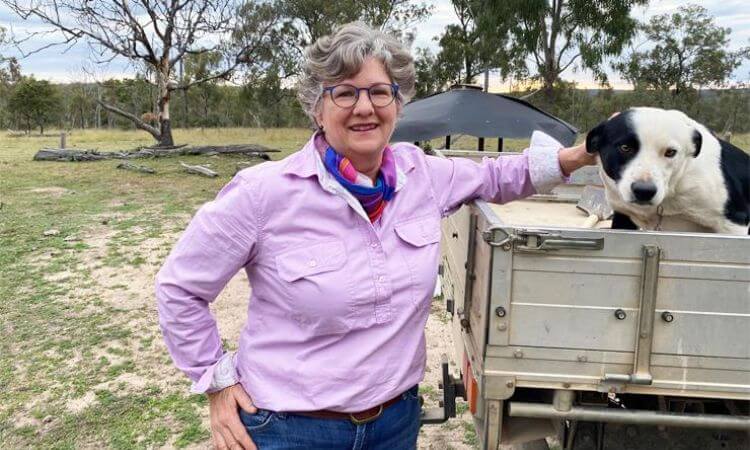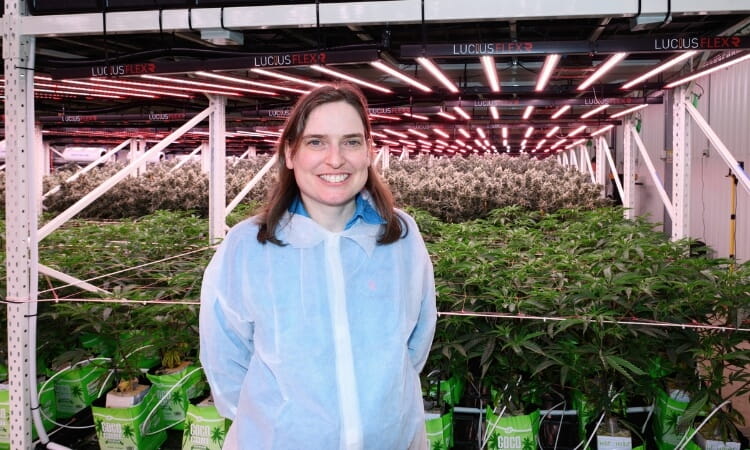Climate forecasts can play a crucial role in helping Australian producers make decisions on their properties – from deciding what to plant and when, whether to grow extra fodder, or even whether to consider destocking cattle.
So, it’s crucial that producers are equipped with the tools and knowledge to fully understand the information available to them.
That’s why the Northern Australia Climate Program (NACP), led by the University of Southern Queensland (UniSQ) and in collaboration with the Bureau of Meteorology (BoM), recently spent almost two weeks travelling the back roads of Central Australia, arming producers with knowledge as part of a roadshow called BoM to the Bush.
NACP Climate Project Officer Northern Territory (Central & Barkly Region) Zoe Groves said the goal of BoM to the Bush was to demystify the Bureau’s climate forecasts for cattle producers so they can have all the facts before making a decision.
“Our main aim was to engage with producers on the ground to make sure they’re making management decisions based on the forecasts and making sure they know how to read and interpret all the data,” Ms Groves said.
“Before I would leave any of the places that we visited, I was ensuring the producers knew the difference between things like the average and the median, and what else to look for in the forecasts,” she said.
“It’s about restoring that faith and trust in what the Bureau produces, and actually meeting someone with a face and a name.”
Ms Groves was joined on the BoM to the Bush Roadshow by NACP Climate Project Officer Northern Territory (Top End & Victoria River regions) Emily Hinds and University of Southern Queensland and Bureau of Meteorology Climate Scientist Dr Andrew Marshall.
Ms Hinds said the face-to-face aspect of this roadshow was particularly important off the back of the 2019 drought, which crippled many properties and still had lasting impacts.
“Our producers and the Bureau of Meteorology staff are poles apart as far as job roles and distance are concerned,” Ms Hinds said.
“Perception change is so important; when you can meet someone in person who can explain the process of forecasting, it goes a long way to developing a relationship and encouraging a respectful and positive appreciation of the Bureau of Meteorology’s work and the forecasts themselves.
“And it's a two-way street – we also find the Bureau of Meteorology staff develop an appreciation of the work that producers do, because they can see firsthand the huge importance that a relevant and accurate forecast can provide in terms of decision-making on properties.”
Dr Marshall said one of the most important factors in correctly interpreting the Bureau’s forecasts was simply understanding how much those forecasts could change as producers approached a specific time period.
“When a producer is looking at the forecast for a few months ahead, it's really important they keep coming back to that forecast as they get closer to that time, because it can change,” Dr Marshall said.
“There are several influences on climate and how those influences occur on different time scales, and so being able to communicate that was one of the key objectives,” Dr Marshall said.
The BoM to the Bush Roadshow to Central Australia was the eighth of its kind conducted over the life of the NACP program so far.
The University of Southern Queensland’s Centre for Applied Climate Sciences leads the NACP program in collaboration with the Bureau of Meteorology (BoM), the UK Met Office, the Queensland, Northern Territory and Western Australian Departments of Agriculture, and four Natural Resource Management groups.
The NACP is funded by the University of Southern Queensland, the Queensland Government’s Drought and Climate Adaptation program and Meat and Livestock Australia.
Find out more about the University of Southern Queensland’s Centre for Applied Climate Sciences.



